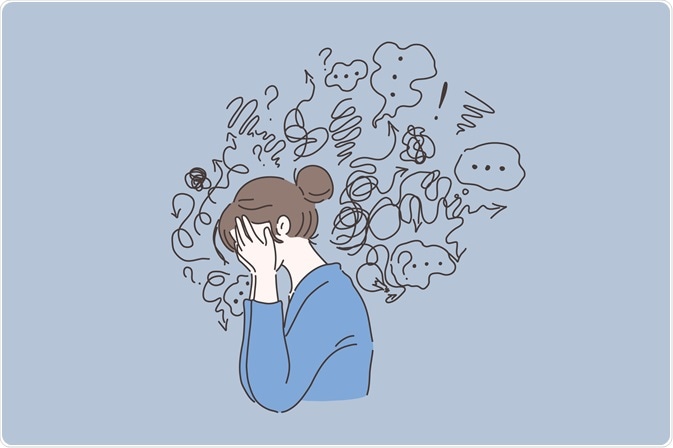Somniphobia, pluviophobia, turophobia; ever heard of them? Probably not, because these are just a few of the many recognized medical conditions and some of the very rare ones. Phobia comes the Greek word phobos , which means fear, and counts thousands of different types, from the most common ones to the obscure and mysterious kind.
As many surveys report, more than ten percent of the population suffers from some sort of phobia and, in the US, phobias are the most common mental disorder. But really, what are phobias? Phobias consist in an overwhelming and generally irrational fear that produces the strong desire to avoid in every way the object of fear. It’s very difficult to control and can lead to a state of anxiety, that may disrupt the daily life of the sufferer. Commonly, we tend to use the term phobia also referring to a lesser degree of fear or just a strong feeling of dislike towards something. Symptoms of a potential phobia are unsteadiness, dizziness, nausea, sweating, increased heart rate, shortness of breath, shaking and so on.
Chances are that phobias originated from traumatic events occurring earlier in life, for example if you are afraid of water maybe at some point in your life you were close to drowning. Symptoms of a potential phobia are unsteadiness, dizziness, nausea, sweating, increased heart rate, shortness of breath, shaking and others.
The answer to overcoming a specific phobia may be “exposure therapy”; it’s based on the idea that a gradual repeated exposure to the object of fear, with the related feelings and thoughts helps in managing the anxiety and changing the way the object of fear is perceived. For example, if you suffer from arachnophobia, so you are afraid of spiders, the therapist might first make you imagine the spider in your mind, then show you a picture of it, he may introduce you a real spider in a glass box next and finally make you hold the spider. All though it is effective, in this specific case it’s not quite enjoyable.
Arachnophobia is the most common phobias of all, followed by ophidiophobia, the fear of snakes, acrophobia, the fear of heights, agoraphobia, the fear of open or crowded spaces and cynophobia, the fear of dogs. Do you fear one of these?
Sonia Ghilotti 3AL
